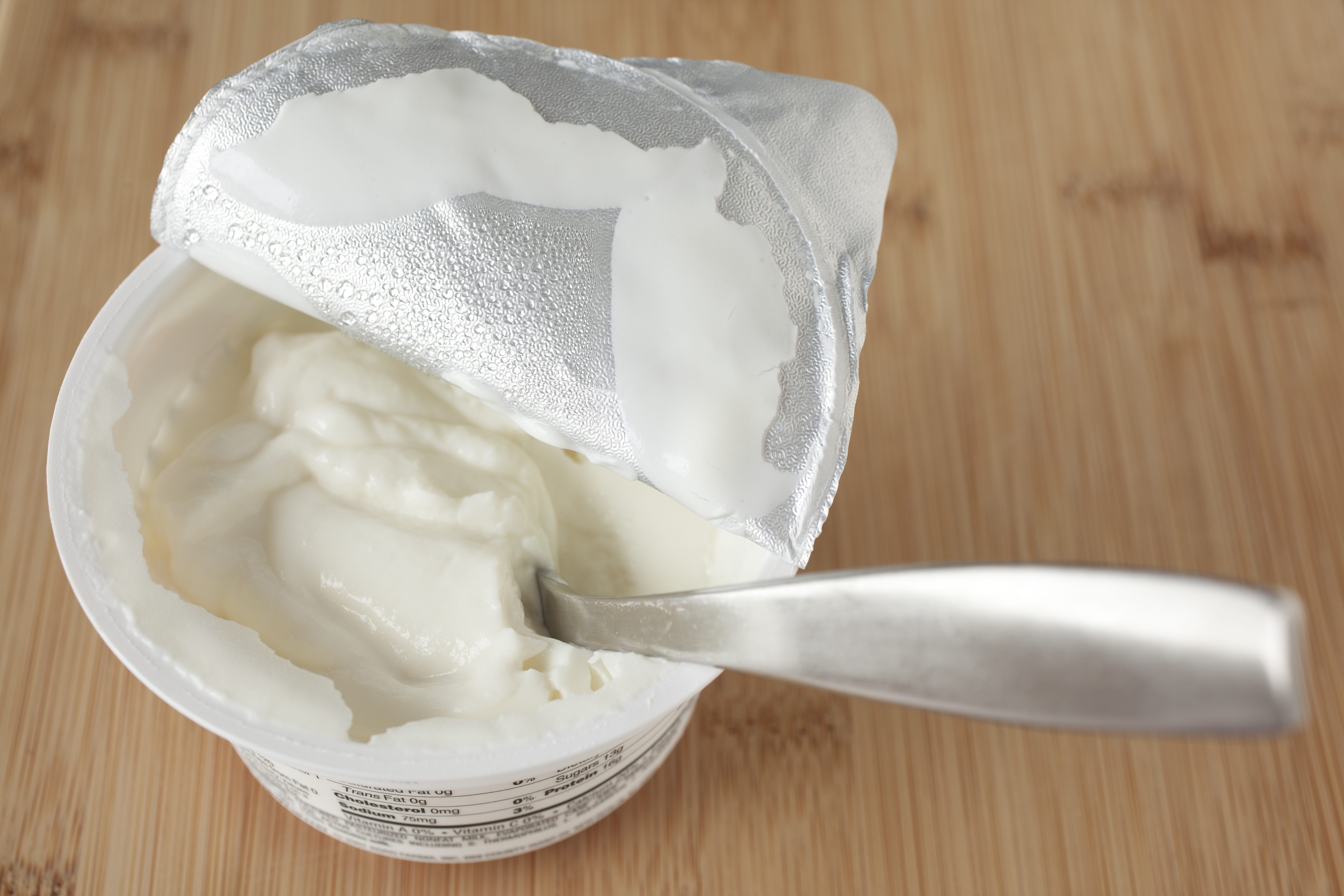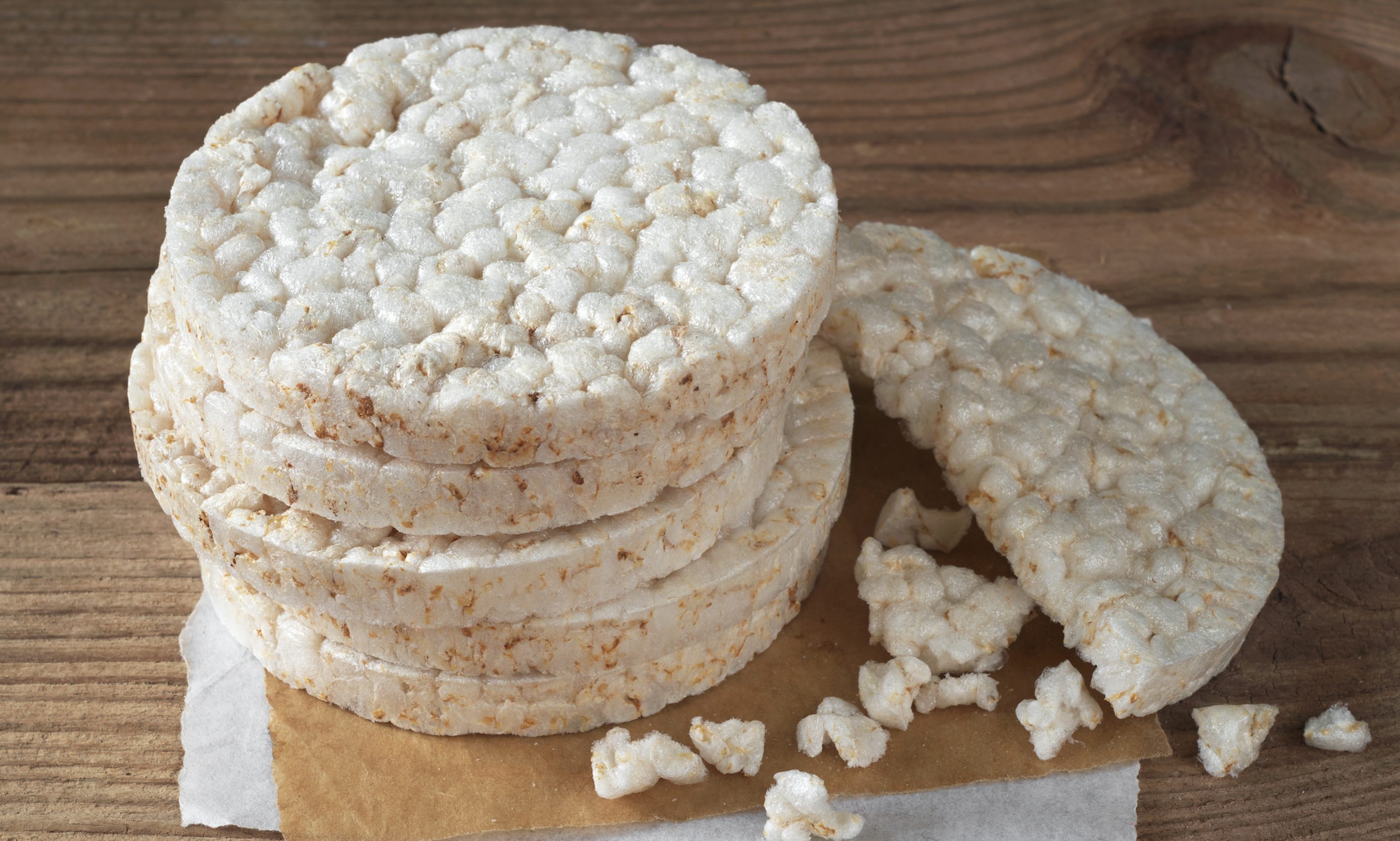5 “Healthy” foods that are actually not good for you!
There are many foods that are marketed as being healthy for you. But often times they are the proverbial “wolves in sheep’s clothing”. The fact that such products are marketed as being healthy, also means that people often end up overindulging in them. However, the very things you think are good for you, might actually be the ones that are bad for you! This is why it is so important to carefully scrutinize the information presented on the labels. Read on to find out which foods you should be careful of.
;Resize,width=742;)
Do you think you know what’s healthy, and what’s bad for you? Well, you might just have it all wrong! There are a couple of foods that are often marketed as being healthy, but in actual fact could do more harm than good.
1. Dried fruit

Fruits are good for us, right? Well, yes they are for sure, but mostly when they’re fresh. Although dried fruit provide us with fiber and nutrients, they’re also quite high in sugar and calories. Fruit in dried form has three times more calories (per volume) than the same amount of fresh fruits. Also, the fact that dried fruit has much less water, means that you can eat much more at a time, since it does not fill your stomach up quite as quickly. So, you end up eating way more than you should, and as a result take in way more sugar than you should.
2. Trail Mix

At first glance, these might not look bad for your health, but a closer look suggests otherwise. While many of these premixes do contain nuts and seeds (which are good for you), many also contain chocolate-covered raisins and candy. One half a cup of trail mix contains up to 300 calories! The best is to make up your own mix with unsalted nuts and seeds, and that way you have much more control over the amount of sugar that goes into it.
3. Fat-free yoghurt

Yoghurt is indeed very good for us – it provides us with calcium and protein, and is also a great source of probiotics. But unfortunately, many people opt for fat-free and low-fat options, thinking it’s better for their health. Not only does low-fat yoghurt often contain more sugar, dieticians say that fat-free yoghurts are likely to leave you feeling less satisfied, i.e. you are still hungry afterwards. So, you will be more likely to overeat during another meal. Thus, you should try to opt for full-fat natural yoghurt, and add your own fresh fruit pieces. And as always, moderation is key.
4. Protein bar

Many health junkies love their daily protein bar, thinking it’s a guilt free snack to indulge on. But did you know many of these are simply candy bars with a small amount of protein added? They vary in terms of ingredients, and therefore, also in nutrition. To improve their taste, manufactures often add sweeteners like sugar or high fructose corn syrup. Instead of using whole nuts and seeds, certain kinds have a high amount of processed plant oils, which is not the best thing for your health. Learn how to understand labels, and choose the bars with a high amount of protein and low amount of sugar.
5. Bran muffins

We are sure that many people will be quite surprised (and also happy) to see bran muffins on the list. It’s ironic that a mostly tasteless muffin sold as being healthy, can actually be bad for your health! Of course, not all muffins are equal, but most muffins have way too much sugar. Moreover, they’re often made with butter and oil, and thus a high amount of saturated fats. The best option? Bake your own healthy muffins and add ingredients like bran, carrots, and banana, while keeping the sugar to a minimum. The nice thing is that you can actually freeze them! That way, you will always have a healthy snack on hand.
The only way you will know whether healthy foods are actually healthy is by either 1) making them yourself, or 2) reading labels carefully and avoiding the guilty parties! All the nutritional info is at your fingertips, so make sure to check the label before you buy any product, so that you don’t end up thinking it’s healthy when it’s not.
;Resize,width=767;)
;Resize,width=712;)
;Resize,width=712;)
;Resize,width=712;)
